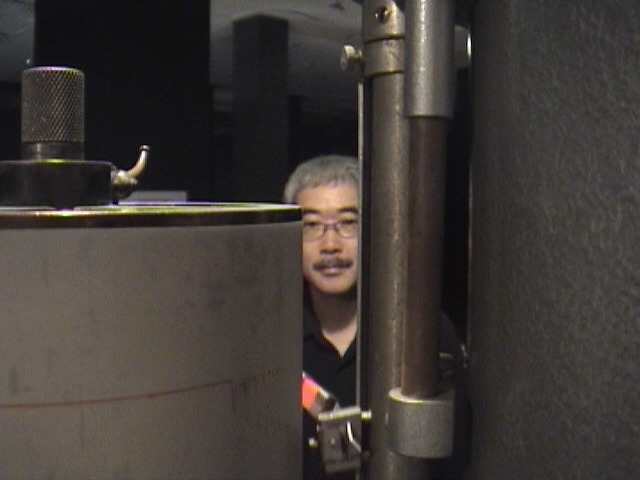As my laboratory observations and my discussions with Mirella continue my thoughts begin to turn to how I might recontextualise this complex scientific data to create interactive artworks in the future….??

The neuronal responses remind me of my doctoral research project when I became interested in the so called ‘vital force’ possessed by the human body which could be regarded as an internal machine-like power known as ‘animal electricity’. I was particularly interested in the historical development of experiments that sought to identify and even locate this vital force.
This early research depended on the introduction of what were then cutting edge machines in the area of galvanics. Luigi Galvani (1737 – 1798) was an Italian physician, physicist, biologist and philosopher, who is credited with being the first to discover ‘animal electricity’ when he passed an electric current through frog’s legs, causing them to twitch. Initially known as ‘galvanism’, this is a forerunner of the contemporary scientific technique of electrophysiology .

Subsequently, Carlo Matteucci (1811-1868) expanded on this research creating a ‘rheoscopic frog’, leading to the discovery, in approximately 1865, of a nerve’s action potentials by Julius Bernstein and Emil du Bois-Reymond. Currently, bio-electricity continues to be central to neurological experiments and is measured by techniques such as calcium imaging and electrophysiology.
I am observing the scientists in the Dottori laboratory embrace the research potentials offered by organoids; created by culturing stem cells in different mediums in vitro. Using high-end technologies to observe the various types of organoids, they record the ways in which their neurons fire in response to different stimuli.

It may be that revisiting the iconic scientific kymograph and exploring it’s ability to record ‘oscillations and other small temporal intervals’ has the potential for an engaging artistic installation relating to the neuronal responses revealed in the Dottori laboratory research data?